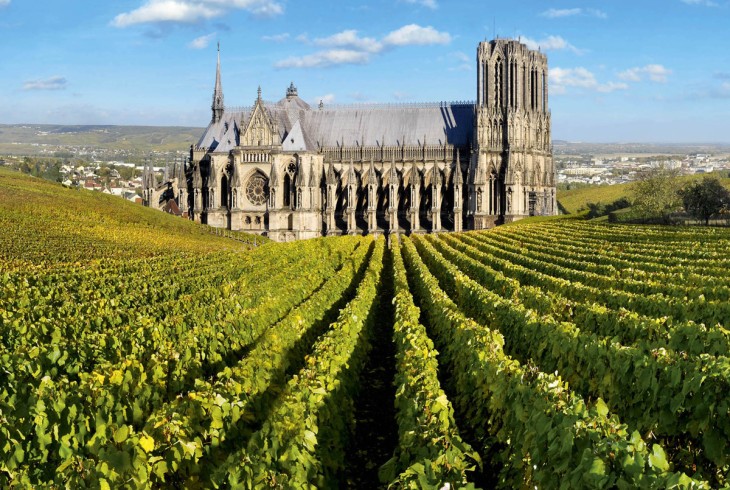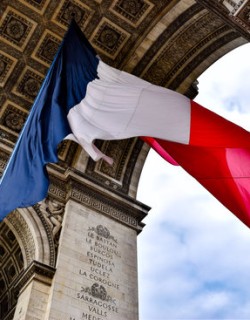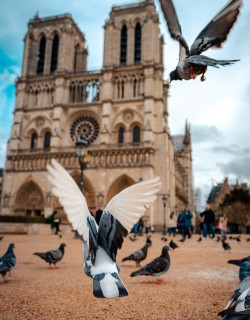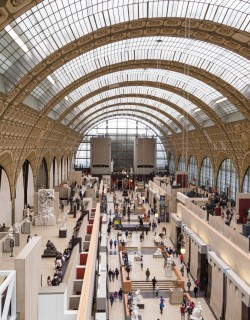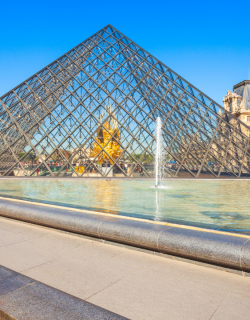Explore easily accessible out-of-town wonders, all while having both morning-time café crème and a late evening flute of champagne in Paris.
REIMS
When it comes to things to see and do, Paris really packs a punch. You could come back a dozen times and still leave feeling as though you’d just scratched the surface. Though you might feel like you’re cheating on her by going out of town, Paris won’t mind at all if you venture out beyond the Périphérique – the capital’s multi-lane ring road – to meander further afield for a provincial pause. And the City of Lights will still be there for you to embrace when you return to her that same evening.
Each of the places we’ve selected can certainly be reached by car, if you prefer the freedom of renting a vehicle and getting around on your own. For many of the places on our list, there are shuttle bus options as well. But we’ve made a specific point of identifying spots that are also well connected by France’s excellent and affordable network of trains.
Today’s excursion is into the heart of the legendary Champagne region and its capital, Reims. All aboard!
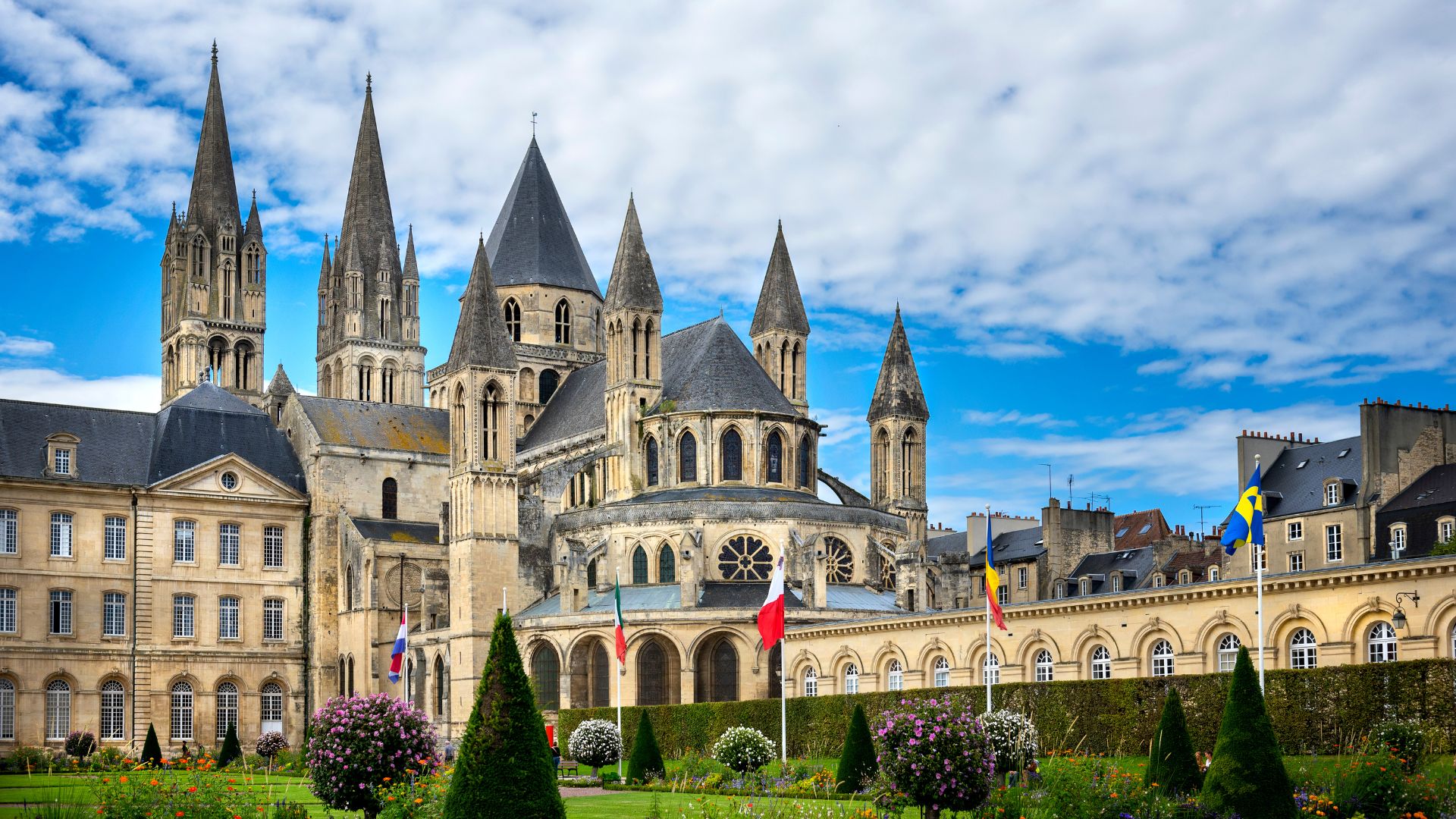
Our discovery of Reims will be divided into two separate entries. This is the first of them, where we’ll provide a little history of the region’s world-renowned wine before launching into an exploration of the Pommery winery. In the next installment, we’ll talk about the other interesting things to do and see (and eat and drink!) during your day in Reims.
When most people in the world today hear the word “Champagne”, they think of the celebratory fizzy drink rather than the French region that gave birth to it. Though the region has a long rich history and plenty to keep people interested and coming back again and again, even today it’s difficult to imagine the place without the wine. In fact, vineyards have surrounded the city of Reims since at least the 5th century, as is mentioned in the chronicles recounting the baptism of Clovis by Bishop Rémy (later canonized as Saint Rémy) on Christmas Day of the year AD 496. This Frankish king of the Merovingian line took the hand of the Gallo-Roman clergy, forming a union between the French monarchy and the Church that would last for nearly a millennium and a half. Bishop Rémy himself owned a vineyard, as did several other high-ranking members of the region’s clergy. Five hundred years later, Hugh Capet, founder of the Capetian royal dynasty, was anointed and crowned in the cathedral of Notre-Dame de Reims, initiating a tradition that would last into the 19th century.

It was, in fact, a 17th-century Benedictine monk – a certain Dom Pérignon – who is credited with coming up with pioneering a number of particular practices. First, he gave birth to the assemblage, or the blending of wines of different crus. He was also the first to use red grapes (notably pinot noir) to produce white wine. And he created the crucial second fermentation, a method – known as the méthode champenoise – for better controlling the formation of the wine’s characteristic bubbles. The pleasing peculiarities of the wine from the Champagne region led to the premier denomination in French winemaking history. Up to this point, all wine produced in the kingdom, whether for markets foreign or domestic, were known simply as wine of France. During the long reign of the roi soleil Louis XIV, the specific techniques for producing the effervescent wine from Champagne were codified and use was restricted to a clearly prescribed area. In 1690, the wines from the region were labeled wine of Champagne. Shortly after Louis XIV’s death 1715, his nephew Philippe II, Duke of Orléans, as regent for the new five-year-old King Louis XV, popularized the wine at court. Appreciation spread among the French nobility, forever placing the wine in the firmament of European high society and the glamorous events held in their glorious city palaces, country manors, and provincial châteaux.
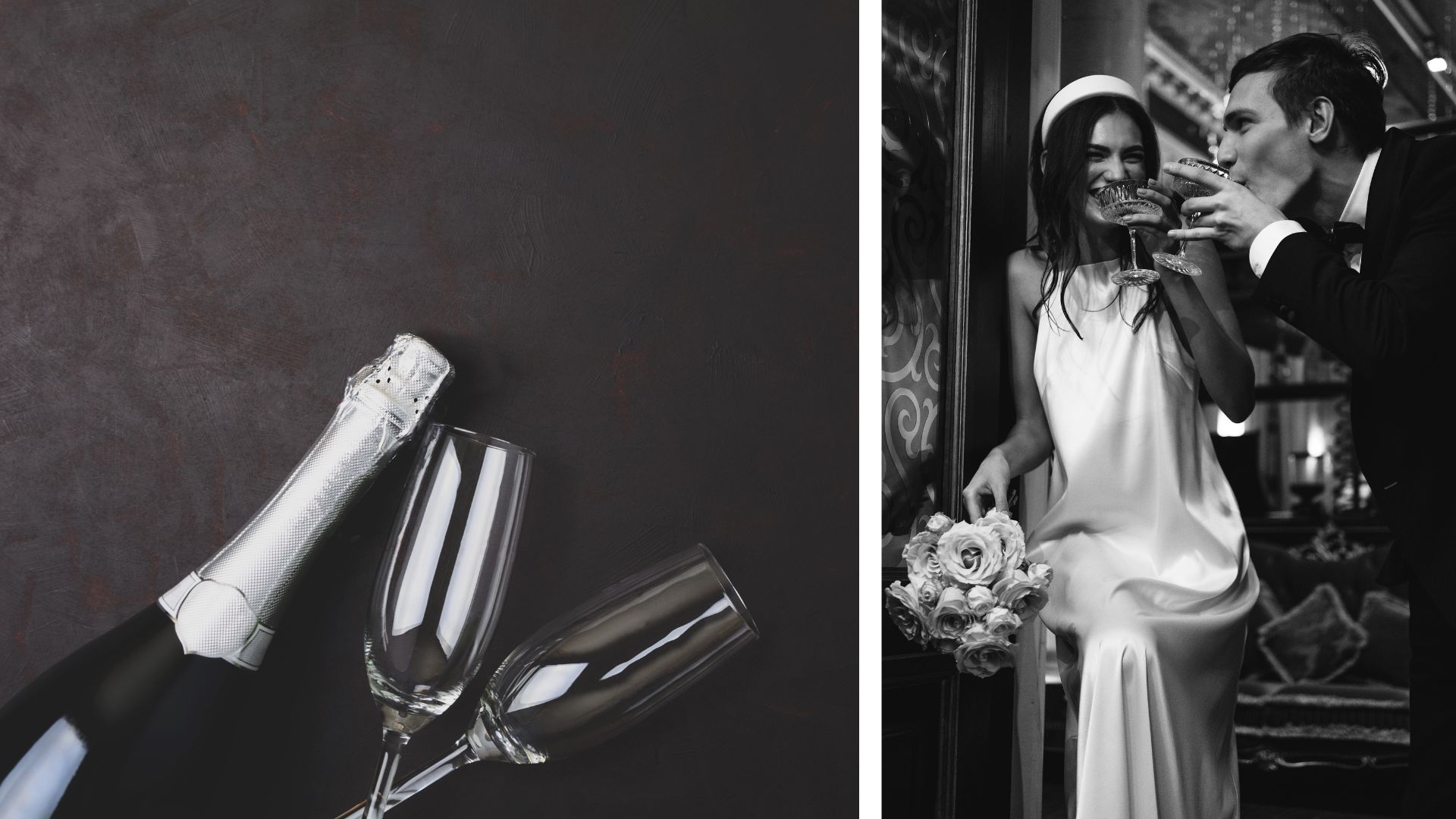
Direct 45-minut high-speed train service runs from Paris’ Gare de l’Est to Reims, starting at 8:30 in the morning. Once there, start your day with a 10-minute taxi ride from the station at the northern perimeter of the city to the wineries at the southern edge of town. Located an easily walkable distance from each other are the maisons of five famed producers. A thrill runs down the spine at the very mention of the names: Mumm, Taittinger, Martel, Ruinart, Pommery, and Veuve Clicquot! Each one has different visiting options, from self-guided tours with an app or a hand-held device, to private tours with your own personal guide. These tours are wildly popular, so be sure to book well in advance.
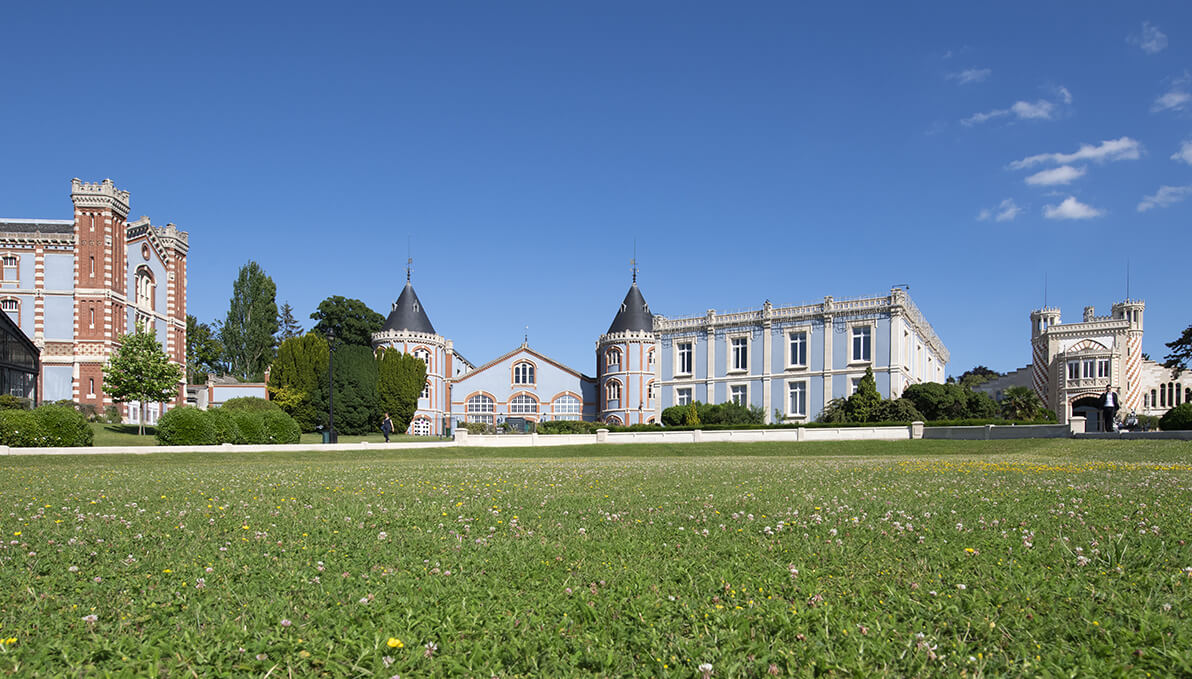
How many of the wineries you visit will depend on how much time you’d like to spend in the rest of Reims. To get the most out of your day, we suggest selecting just one of them, leaving you lots of time to have a leisurely lunch and explore the city itself before heading back to Paris. One of our favorite wineries here is Pommery’s, for a few reasons. First of all, the estate itself is expansive. At 50 hectares, it covers as much ground as the Louvre, remarkable for an estate so close to the city center. There are 18 km of cellars and 60 crayères, quarry pits dug by the ancient Romans to source the useful chalk stone the hills here are made of. In the late 19th century, Mme. Pommery had the brilliant idea of connecting these pits by a series of grand galleries, all 30 meters underground, and using them as her cellars. This maintains the temperature at 10⁰C and 98% humidity all year round, optimal for the production and storage of the wine. By the way, another of Mme. Pommery’s brilliant ideas was the reduction of sugar levels in the wine, thus becoming the inventor of brut, or dry, champagne.
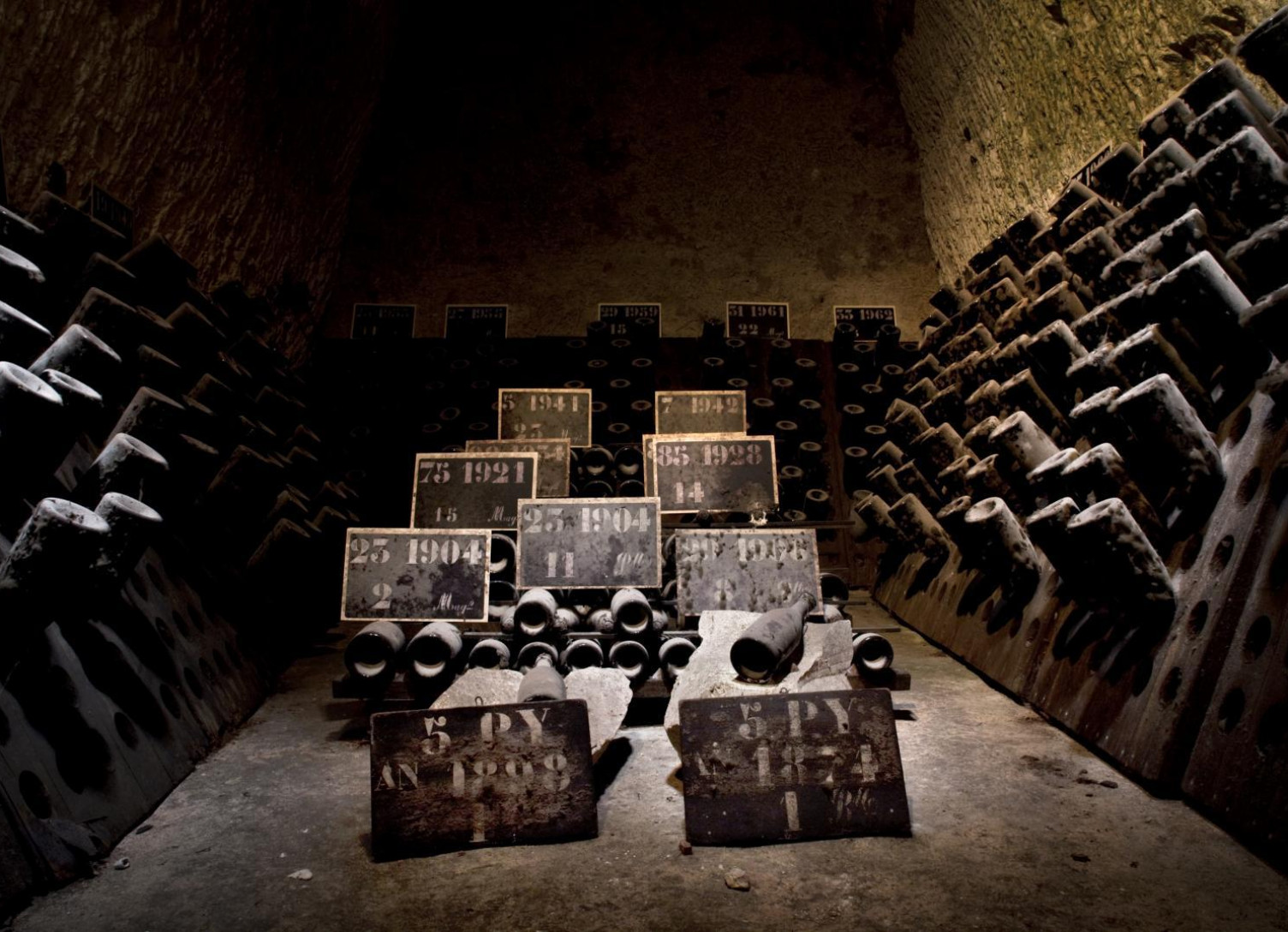
The Vranken group, the owners since 2002, continue to honor the age-old Pommery tradition of sponsoring and displaying the work of living artists. You will find their art located throughout the complex, a moving testament to the power of continuity and the connections between who we are now and where we come from. Mme. Pommery’s appreciation for the past and openness to other people, places and periods is reflected in the principal structure of the estate. With elements of Gothic origin, the villa clearly draws inspiration from the aristocratic architecture of the Elizabethan era. Its open H-shaped plan is in direct contradiction to the French-style manors, which tended to turn in on themselves. This same openness can be seen in Mme. Pommery’s embrace of avant-garde architectural style and interior design at the Villa Demoiselle, a witness to the passage from Art Nouveau to Art Deco.

Our advice is to spend the extra money for the full experience (52€ per person at time of writing). Your guided tour of the estate will include the crayères, the Villa Demoiselle, and the Clos Pomapdour, an entirely walled vineyard within the Pommery estate, named in honor of the clever and capable official mistress of Louis XV in the 18th century. All of this and a sampling of Pommery champagne in the gardens. Hard to beat!
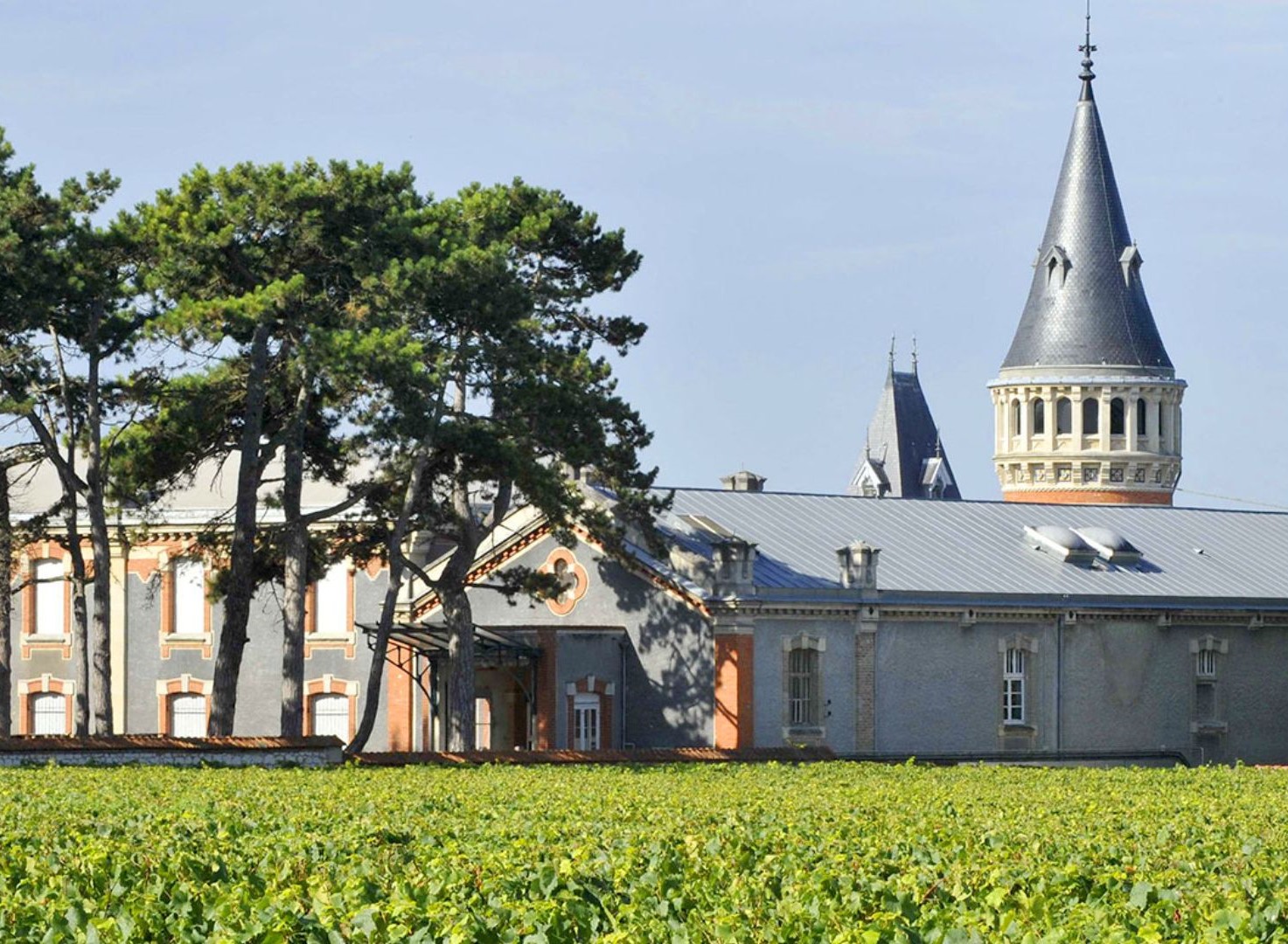
Keep an eye out for the next installment, which will be a casual walk back into the city center for lunch and an afternoon of medieval majesty and the subdued sophistication of Reims.
Practical Information:
Pommery Cellars: Open 7 days a week
* Monday and Tuesday: open between 10am and 1pm and then between 2pm and 6pm (last entry 1.5
hours before closing)
* Wednesday-Thursday-Sunday: open between 10am and 6pm (last entry 1.5 hours before closing)
Friday and Sunday: open between 10am and 7pm (last entry 1.5 hours before closing)
Villa Demoiselle: Open Friday, Saturday and Sunday from March through October.
Check site for specific times available for guided tours. https://www.vrankenpommery.com/visites/en
